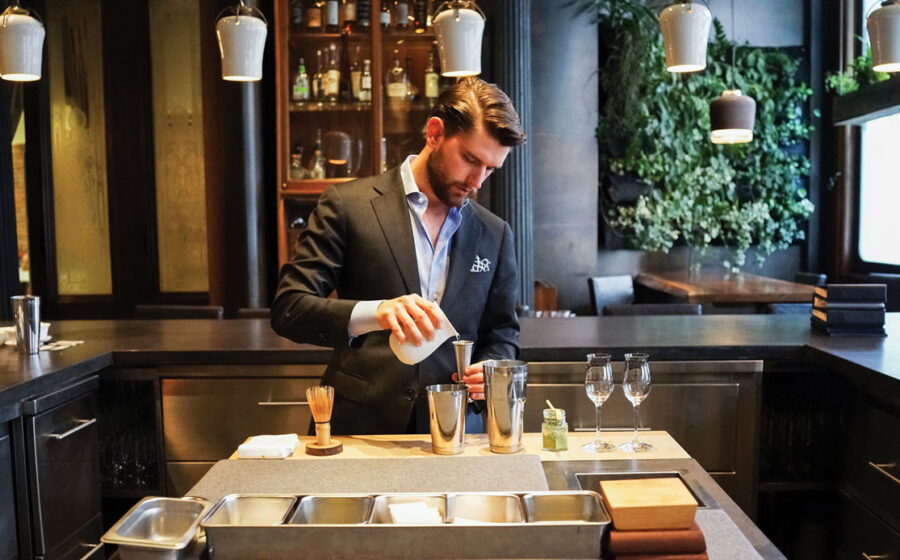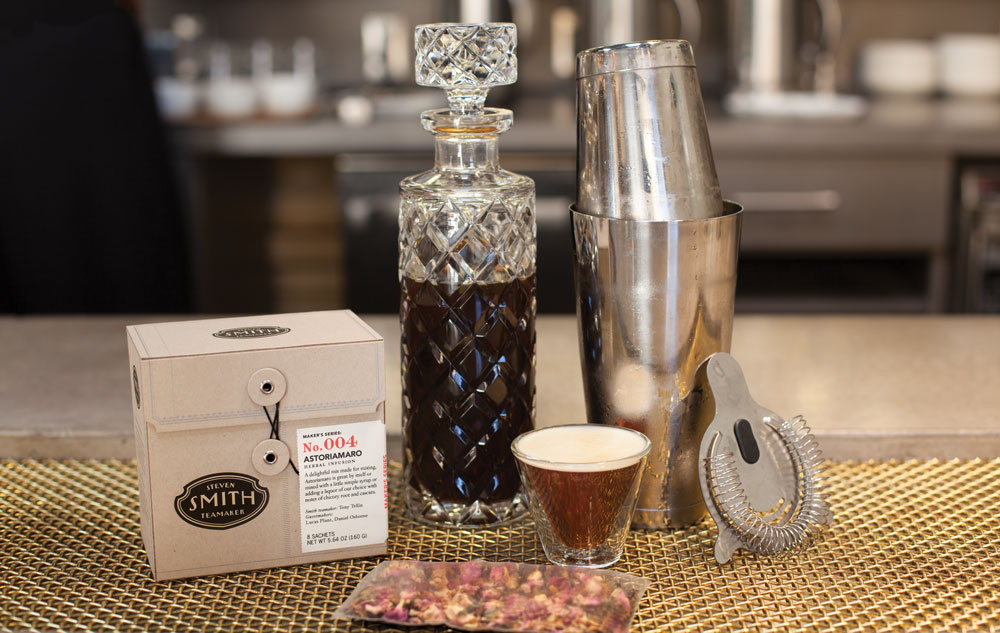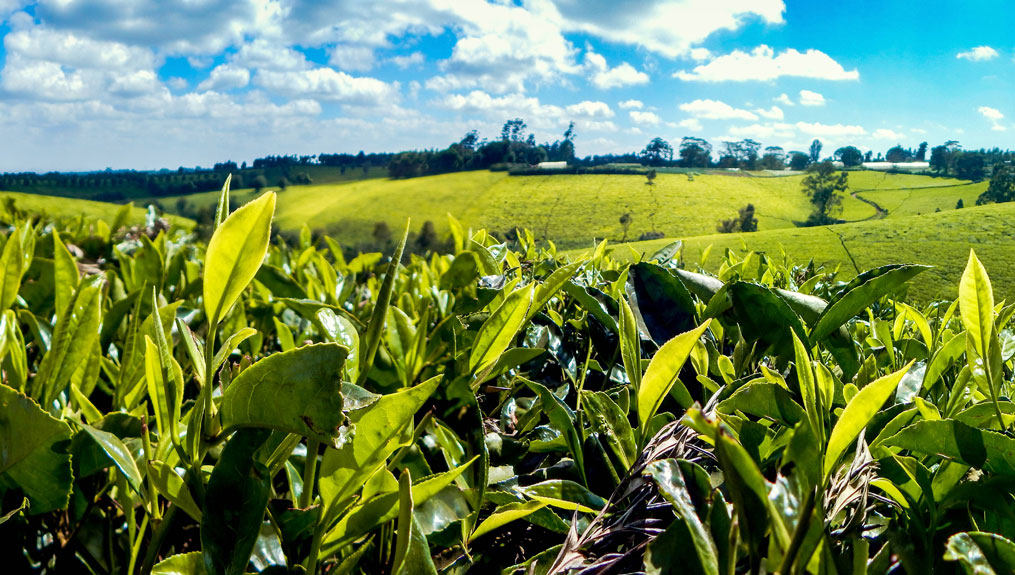Traditionally, digestifs are alcoholic beverages sipped after a meal to aid digestion and to finish the sensory experience. Brandy, grappa, liqueurs, and amari are examples of this large and diverse category. Bitter digestifs, in particular, are carminative, meaning they reduce gas buildup, easing digestion.
Coffee is often cited as a digestif due to its caffeine content. Caffeine, in the right amount, can also provide help in digesting a large meal, and many teas are also carminative. In fact, many digestifs are made from similar ingredients to teas: peppermint, spearmint, cinnamon, ginger, and wintergreen, just to name a few.
So, while tea is not technically a digestif, it can serve a similar function and add just as much depth and complexity to the experience of a fine meal. Tea offers a vast variety of flavors, aromas, and characteristics. Tea pairs well with different types of cuisines, tastes, and atmospheres, and tea heightens the meal experience. Because tea is non-alcoholic, finishing a meal with a pot appeals to health-conscious diners. A few high-end dining establishments, such as Eleven Madison Park and Atera in New York City, and Departure in Portland, Oregon, employ a tea sommelier on staff to recommend tea and food pairings.
A cup of Darjeeling black tea while finishing a crème brûlée is a wonderful pairing. The tea’s bright, musky-sweet top notes and grape skin-like tannins add complexity to the creamy, rich custard and offset the caramelized sweetness.
A cup of Japanese Sencha green tea with a sticky rice dessert is another favorite. The lightly sweet and grassy vegetal character sings with the rice’s starch and sweetness from the usual fruit combinations that accompany the rice.
Oolong tea, a category that is growing fast in the United States, is a perfect after-dinner drink. Its softer, soul-soothing nature is a fantastic way to finish a meal. A large category itself, oolongs range from light, nutty, and floral, to dark, full, and roasted. Their traditional preparation and accoutrements drive a feeling of function as well as a great sensory experience. Often referred to as “small pot” teas, they are commonly served in small two- to three-ounce glasses. Oolong teas can be paired with just about any cuisine and offer a refined and theatrical experience.
Tea is evolving, forging new paths, and being showcased in new ways. Behind the bar, tea is becoming much more than a lengthener and is now a star ingredient. Tea can be concentrated and mixed with fruits, peels, sugars, bitters, and tonics to make tinctures just as potent as amari or liqueurs, and bartenders and tea sommeliers are getting more creative when it comes to incorporating tea into other beverages.
At Smith Teamaker, we recently launched Astoria’s Amaro, a tea inspired by an Italian amaro with a dark and bittersweet complexity. Chicory root is mixed with cascara, pink rose petals, bitter orange peel, osmanthus, bourbon vanilla, and lavender bitters. By itself and prepared traditionally, this tea has a rich, dark-roasted character from the cascara. The assertive floral and smooth vanilla flavor creates depth and a bright and lingering finish.
As an ingredient, Astoria’s Amaro (pictured) is incredibly versatile. By concentrating and adding steamed milk, it can be pushed into a latte realm. Shaken over ice with fresh lemon peel and oleo saccharum syrup, and mixed with tonic water, you can make a wonderfully bright, refreshing, and palate-cleansing elixir that is delicious by itself or mixed with distilled spirits.
The quality and variety of teas available have increased dramatically over the past few years, and restaurants are doing a much better job preparing it. Full leaf teas of all types, with bright and aromatic complexity and an array of flavors, are also becoming more readily available.
If the last time you ordered tea after dinner you were delivered an old-school paper teabag and tepid water, I encourage you to revisit this timeless beverage. While tea may not seem like a traditional digestif, it has similar functional properties and it is a delicious, non-alcoholic, natural and healthy finish to any meal. You might call it a digesteaf.
















